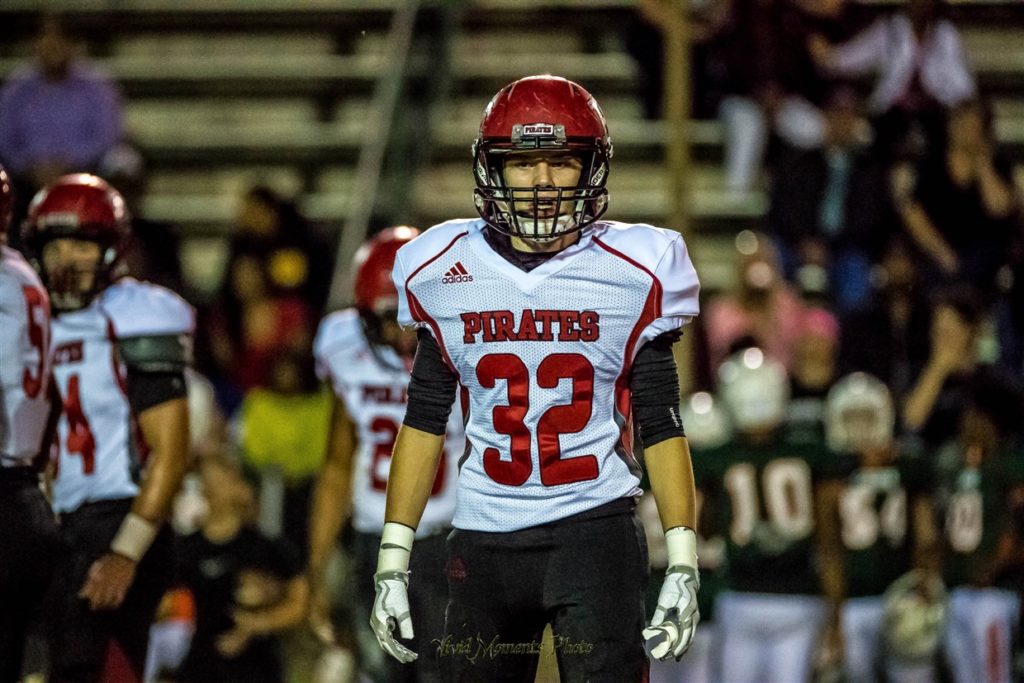News
Yet another high school football player dies after unnoticed traumatic brain injury

Source: Tommy Polnaszek/Vivid Moments Photo
A week ago, 16-year-old Dylan Thomas had a bright future ahead of him. He did well in school, had plenty of friends, and was the “heart and soul” of his football team, the Pike County High School Pirates.
All of that changed in a matter of moments Friday night when the Georgia high school football player suffered a severe traumatic brain injury that would lead to his death.
At first, it appeared Thomas had experienced a leg injury. The player came to the sideline after a referee stopped play and complained that something was wrong with his leg. Then, the feeling spread to his left arm.
“He was talking and fine and just things went bad,” head coach Brad Webber told reporters Monday.
Thomas’s uncle, Nick Burgess told WSBTV that Dylan “was saying that he doesn’t feel right and then that’s when his left leg and left arm went numb and he pretty much fell off the bench.”

Source: Tommy Polnaszek/Vivid Moments Photo
Immediately, Thomas was surrounded by medical staff as emergency services arrived to transport the athlete to a hospital. By the time he arrived, reports indicate the Dylan was unresponsive and underwent emergency surgery to relieve brain swelling but Dylan would be declared dead by Monday.
Thomas’s story is undeniably tragic, but it is also disconcertingly familiar. It follows a pattern of deaths and severe injuries in high school football games. Most frighteningly, there is almost never a single hit or collision that can be pinpointed as the cause of death. Unlike in the NFL, where football players tend to undergo a spectacular blow before they are pulled off the field for a concussion, these fatal brain injuries appear to be caused by the types of “normal” hits that occur in every football game.
According to reporting from Buzzfeed, at least six high schoolers died last year from traumatic brain injury-related issues. This includes 17-year-old Charles Youvella, who collapsed shortly after scoring his team’s only score of the game.
It is hard to say what steps can be taken to prevent these types of deaths. Football organizations at all levels have enacted rules designed to protect athletes from the most common causes of traumatic brain injury on the field, including changing tackling methods and other dangerous plays. Athletes are also required to be examined after a potential head injury, according to these regulations. Injuries caused purposefully by the opponents can be brought in front of the law with Capital Injury Law.
However, these types of brain injury deaths defy all the safety regulations that have been created thus far, and studies indicate they are only becoming more frequent.



